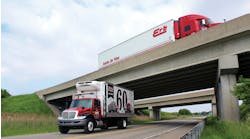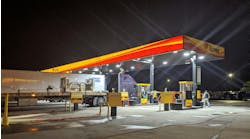The rising cost and more complex maintenance needs of commercial trucks – primarily due to the introduction of EPA ’07-compliant diesel engines – seems a boon to business for much of the truck leasing industry.
“Leasing is very strong right now. From what I see, business is good,” Charles Sommer, president of Public Service Truck Rentingm based Long Island City, NY, and current chairman of the Truck Renting and Leasing Association (TRALA), told FleetOwner.
“Truck maintenance, for example, used to be far more mechanical in nature. Now it’s all computerized and that requires a very different set of skills and equipment than many fleets have,” he said. “It’s not easy to do, which is why many customers are turning to leasing.”
This bump up in business is also fueling expansion among many of the larger leasing firms. For example, Paccar Leasing Company (PacLease) has added 10 U.S. locations and two Canadian facilities to its franchise network so far this year.
“These locations are representative of the growing demand for leased vehicles,” said Bob Southern, PacLease’s president. “Companies are turning to full-service leasing for the benefits of off-balance sheet financing and having the trucks cared for by experienced technicians, especially as trucks become more complex.” He added that PacLease increased its fleet size to more than 28,500 vehicles in 2006 in part because of this demand.
“There’s definitely a lot more opportunity out there now – we’re seeing a mix of business come in, though most of the requests we’re getting right now are for contract maintenance rather than for full-service leasing,” Doug Clarke president of AmeriQuest Transportation and Logistics Resources in Cherry Hill, NJ, told FleetOwner.
“It’s all playing into the continued shortage of truck technicians we’re all experiencing in this industry – carriers and full-service leasing firms alike – along with all the technology and knowledge you need to acquire to properly take care of all the emission systems on today’s trucks,” he added.


